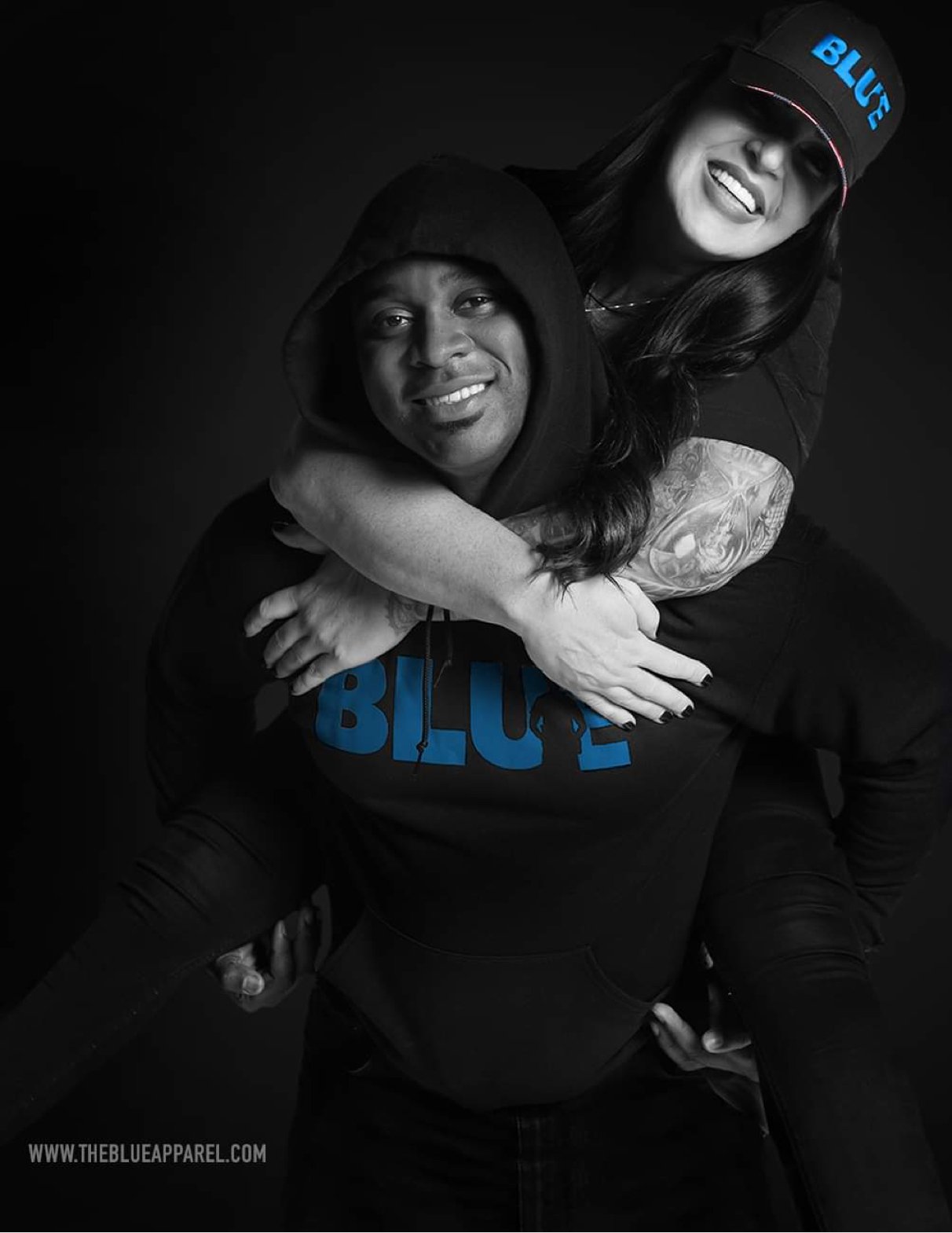The History of the Police K9
/The History of the Police K9
By: Robert Bowling
The use of dogs for military purposes dates back to Biblical times, when the armies of Egypt used dogs to carry messages on the battlefield and to guard army encampments. Then, during the fourteenth century, the French used dogs to guard the naval installations at St. Malo-the first known instance of dogs being used for police work. They were used for this purpose until 1770, when their use was discontinued.[1] As for the U.S., the history of police dogs can be traced back to sometime after the Civil War.
Compared to police dogs of today, in which the dog and handler undergo a rigorous training program that didn’t exist with the early police dogs. Police dogs mainly were strays that wandered into the police station, looking for food or a warm place to sleep. The police officers would grow emotionally attached to the dog, quickly becoming the station mascot. The dog would go on patrols with the officers, and before too long, the dog was considered a member of the department.
Because of a lack of formal recordkeeping, most of these dogs have vanished from history. Many of these early dogs performed their jobs heroically. One of the earliest instances of a police dog in the U.S. was in St. Louis in 1866. “Jack,” a terrier, wandered into the Third District station, where he remained for fifteen years. He was a friend of every department member, but he took a particular interest in a few officers. Jack would immediately respond to the sound of the officer’s baton. On more than one occasion, he assisted the officers in apprehending unruly citizens. When an officer was in a fight with a suspect, Jack responded. The suspect stabbed Jack in the side, but he was not deterred. Jack recovered from his wound, and like clockwork, he was back “on duty.”[2] It is unclear when Jack died, but in 1890, another terrier wandered into the same police station. Affectionately, the officers called him “Jack.” He lived up to his name, and quickly his exploits became legendary. Rain or snow, he would go out on patrol at 11 p.m. with the other officers serving the people of the third district unselfishly like his predecessor did before him.[3]
There are many traditions and customs that accompany an officer when they die. Dogs are no different, and they are afforded the same honors. In 1903, “Major”, a Newfoundland, of the Parkland station in Brooklyn, was given a full burial with honors. He had an exceptional service record. He brought a baby in his mouth to the station after he found it abandoned under the pier at Coney Island. He was credited with stopping runaways and burglars. He was killed when he tried to stop a trolley car loaded with unruly passengers. He was found dead in a vacant lot the following day. His body was placed in a box, and with him, his collar decorated with police buttons, his service record, and his Brooklyn police badge. As the box was lowered into the ground, an officer drew his revolver and fired a version of “Taps.”[4]
Ghent, Belgium
During this time, no particular dog breed was used in police work. It was whatever breeds wandered through the door. Although the dogs were credited with saving lives and apprehending suspects, they were not trained for that purpose. They were still using their animalistic instincts to guide them. However, one police department believed it possible to train dogs specifically for police purposes. Ghent, Belgium, established the first K-9 training facility in the world in 1899. They were the first to introduce the dog and handler as a team, and that eventually spread to the United States.[5]
In response to rising crime and a police force inadequate to deal with the problem, Ghent Police Commissioner E. Van Wesemael introduced a plan to use canines to supplement the police force. He bought 10 six-month-old Swiss-Belgian sheepdogs that underwent a rigorous three-month training program. The dogs were housed in kennels, cleaned daily, and subjected to routine veterinary care. The dogs were fed twice daily: bread, rice, meat, and a biscuit for a midnight snack. The dogs went on patrol from 10 p.m. to 6 a.m. in some of the worst areas of Ghent. They were identified as police dogs by a spiked collar bearing a medal with their number engraved. The program proved to be such a success that the canine corps expanded to twenty-five regular dogs and fifteen reserves.[6][7]
They experimented with different breeds of dogs, but it was found that the Belgian sheepdog was the best. The dog was considered level-headed, tenacious, quick of mind, faithful to a friend, and unforgiving to an enemy. They are strong, can endure long marches, and do not show fatigue. The dogs are selected with the utmost care and must possess a strong pedigree. Their training consists of being able to identify a victim from a suspect and how to follow suspicious-looking people. They are taught to swim in case they need to save someone from drowning.[8]
New York City - First Canine Squad
The success of the police dogs in Ghent spread throughout Europe, and eventually, the United States took notice. In 1907, Arthur Woods, deputy police commissioner for the New York City Police Department (NYPD), persuaded Police Commissioner Theodore Bingham to establish the first canine corps in the U.S. To promote his idea, he referenced the brutal rape and murder of fifteen-year-old Amelia Staffeldt. On May 22, 1907, Staffeldt was found raped and stabbed to death near her home in Queens. A suspect was found the next day, but people questioned if he was the killer. He had confessed to the murder but later recanted. He accused the police of forcing him to confess. Two separate grand juries refused to indict. Staffeldt’s killer was never brought to justice. Commissioner Woods argued that if the NYPD had a bloodhound or similar dog, the killer would have been found within hours.[9]
The first dogs suggested for the new unit were bloodhounds. However, Deputy Commissioner Woods had traveled to Europe to study police dogs in Paris, Brussels, and Ghent. The opinion was that the dogs from Ghent were far superior. Paris used a cross between a mastiff and a St. Bernard, and along with the dogs from Belgium, there was too much of a dependence on the police officer. The dogs from Ghent could operate independently. NYPD Lt. George Wakefield, an expert on dogs, was sent to Ghent to observe and study their operations.[10]
Wakefield liked what he saw and decided to make a purchase. The police chief of Ghent was not willing to sell any of their trained dogs but instead sold Wakefield five six-month-old sheepdogs to be trained by them. One dog was a Groenendael, resembling a sheepdog with a long, silky coat. The other four dogs were Belgian sheepdogs that stand about knee-high when fully grown. They weigh about fifty pounds and have short shaggy coats. (This is not to be confused with the Belgian Malinois. They came to the U.S. in 1911.) The dogs were sold to Wakefield for $10 each.[11]
The first K-9 unit in the U.S. consisted of the all-black Groenendael named Nogi and three Belgian sheepdogs named Max, Donna and Lady. One dog later died in transport and was replaced with an American-born Airedale Terrier named Jim. The dogs were taken to a mansion near Fort Washington Park in Manhattan, considered “America’s first and only police dog college.” The dogs underwent a four-month training course under the direction of Lt. Wakefield and two other patrolmen.[12]
One of the most essential training tips Wakefield learned in Belgium was that the dogs should only recognize the uniform, not the person in it. Only uniformed officers were allowed to interact with or feed the dogs. Officers dressed in civilian clothing would take their food away and engage in other taunting activities to train the dogs to look at the uniform as a friend and disregard others with distrust. Every day, Wakefield would take the dogs out on a leash and have them attack a patrolman dressed in civilian clothes. The dog would continue to attack the “decoy” if they resisted. If they submitted, the dog would stand guard until a uniformed officer arrived.[13]
The dogs could not do any serious damage to a suspect. They can attack the suspect by tripping, jumping or bowling the suspect over, but they were muzzled to prevent them from biting. Muzzling was to avoid injury to innocent bystanders who might be mistaken for a suspect. The muzzle has a snap catch that allows the officer to instantly unfasten it if the need to bite a suspect arises. The dogs respond to two commands, “Attack” and “Down.” The dogs were also trained to return to the officer at the sound of a whistle.[14]
After months of training, the dogs were first unveiled to the public in February 1908 at the Westminster Kennel Club (WKC) dog show held at Madison Square Garden. An exhibition was held demonstrating how the dogs would be used on the streets of New York City. Donna entered the arena first, followed by Nogi, Lady, Max and Jim. Each dog attacked the decoys by tripping, flipping or jumping at them. The dogs were muzzled just as they would be on the street.[15]
The WKC created a special award for the new police dogs. Jim, the only Yankee in the group, walked away with the award. His performance blew the spectators away. He threw his decoy to the ground so often that he couldn’t get his footing. Jim hooked his legs whenever the decoy could stand and knocked him back over. Lady and Donna took second and third, respectively.[16]
The dogs were assigned to the 172nd precinct station house at Ocean Boulevard and Webster Ave. (now the 70th Precinct). They would be assigned to patrol the Parkville section of Brooklyn. They perform their job admirably and heroically and were a true asset to the NYPD. These five dogs became America’s first canine unit and paved the way for other police departments to create their own canine units.[17]















